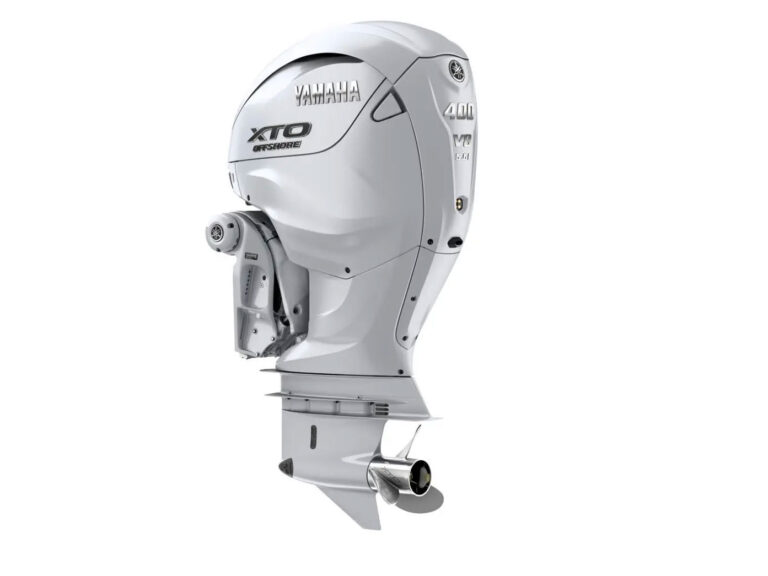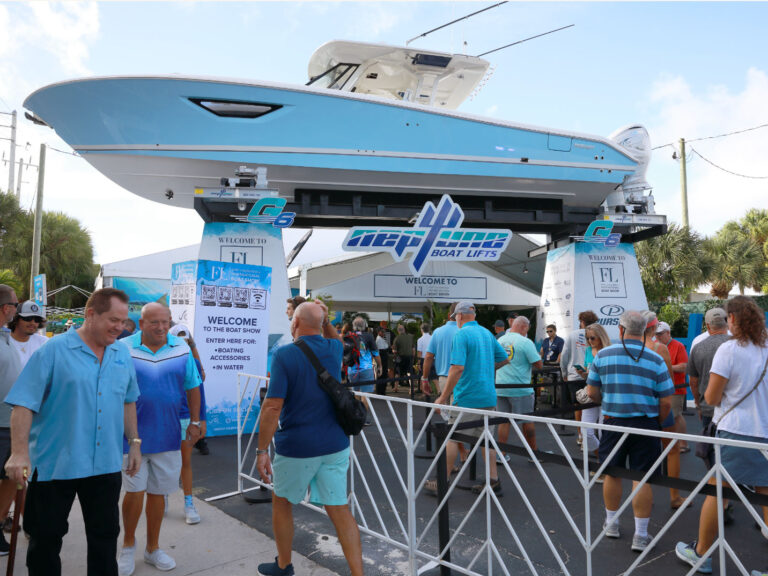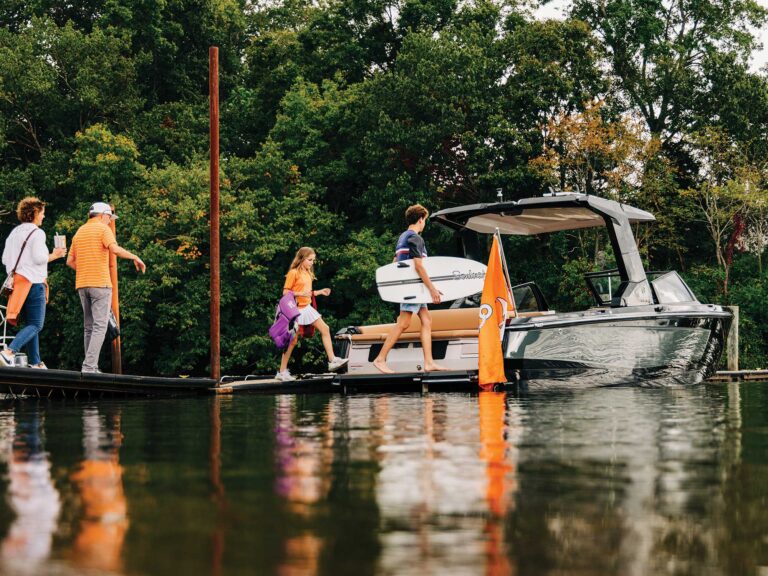The hard-chine planing hulls most of us operate aren’t suited to no-wake situations. The deeper your V, the worse it is. And if you run a stern-drive, the problem is exacerbated because many drives have play in them until you add some revs. None of this is an excuse for throwing a bigger wake than is necessary.
Most boats have two 5 mph speeds. The first, with the throttle clicked just forward of neutral, is called “idling in gear” — so that the engine is turning at around 600 rpm. The second 5 mph speed is the one in which the engine is turning about 1,300 rpm. At this engine speed, there’s more thrust. But the boat is squatting, resulting in a bigger wake and no increase in speed.
Observation makes clear the speed that many boaters prefer. It’s understandable. When idling in gear, there’s little feel at the wheel. The skipper must use a learned touch to keep the boat on course. But add a little rpm and…yeah! You’re in control. Problem is, you create a larger wake. Your right to feel like a master of machinery does not subvert the rights of those boat owners tied up in the marina you’re passing, the homeowners whose bulkheads you’re undermining or the canoeist, kayaker or skiff fishermen trying to enjoy the water without having their world rocked.
This might elicit shrugs, but consider that federal law makes you responsible for your wake. Besides, operating in squat mode is like hanging a sign saying “Amateur” over the side. Might as well dangle your fenders too. The following tips will help you look cool while going slow.
Besides when in posted no-wake zones, slow down whenever you pass within 500 feet of a small boat, the shoreline or a marina. Distances beyond that allow the wake’s waves to spread out and get rounder, disrupting other boats less and causing less erosion.
Slow down in advance. Chopping the throttles as you come abeam of a marina or close aboard to a small boat doesn’t alleviate the wake’s effect.
When operating at no-wake speed, trim the drive or outboard to a vertical position. Neutral trim allows your boat to proceed with the smallest wake.
Larger boats can go 10 mph while idling in gear due to their large props. If that’s you, alternately shift in and out of gear as you proceed.
Now, I dislike having to slow down for a couple of morons in a livery skiff anchored in the middle of a narrow channel as much as the next guy. But I’d rather do so than have to explain to their widows and kids why I was in such a hurry in the first place.









